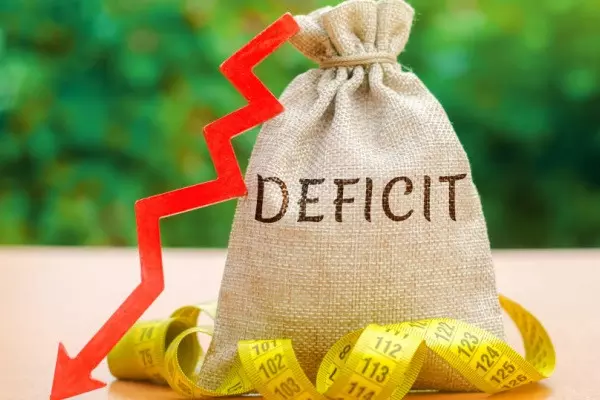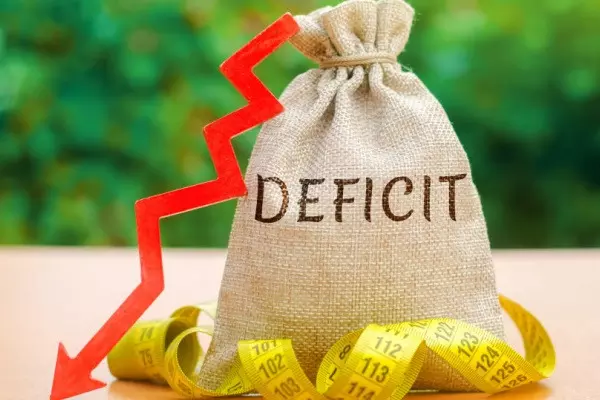Current account deficit likely to decline to 0.80% of GDP this fiscal: Report
In FY23, the CAD was 2% of GDP or $67bn, Heading into FY25 the CAD may modestly increase to 1.3% of GDP or $49bn and 1.8% or $78bn in FY26
image for illustrative purpose
Mumbai: The current account deficit or CAD is likely to decline to 0.80 per cent of GDP this fiscal against 2 per cent last fiscal and expected to remain at a comfortable level of 1.3 per cent next financial years, a foreign brokerage has said. In a report, Swiss brokerage UBS Securities said it estimated the CAD, which is the gap between foreign exchange earned from exports and spent on imports, to narrow down to 0.80 per cent of GDP in FY24 or at $27 billion against the earlier forecast of 1.2 per cent before reaching 1.3 per cent next fiscal.
In FY23, the CAD was 2 per cent of GDP or $67 billion. UBS Securities India chief economist Tanvee Gupta-Jain attributed the massive improvement to the contained goods trade deficit due to lower commodity imports, especially oil and coal; improved net services receipts to 4.7 per cent of GDP; increased remittances of around 3.5 per cent of GDP, up from 2.5 per cent in FY23; and the macroeconomic stability.
Heading into FY25, she estimated the CAD to modestly increase to 1.3 per cent of GDP or $49 billion and 1.8 per cent or $78 billion in FY26. The main reason for stable or sustainable CAD is the stable crude prices - the country imports as much as 87 per cent of its fuel needs from import, making it the largest import bill.
A $10 per barrel increase in global crude price can widen the country's CAD by around $14 billion or 0.4 per cent of GDP, according to her. She pegs the average crude price for next year to be $90 a barrel. Buoyant services exports and resilient remittance inflow have all helped build a buffer against global oil price volatility and this can sustain if at all crude touches $90 a barrel.
Her optimism of healthy external balance comes from the inflows from the forthcoming government bond inclusion into the Morgan Stanley index from June, which could lead to $30 billion inflows, almost 60 per cent of the FY25 current account balance, helping the capital account in surplus.



